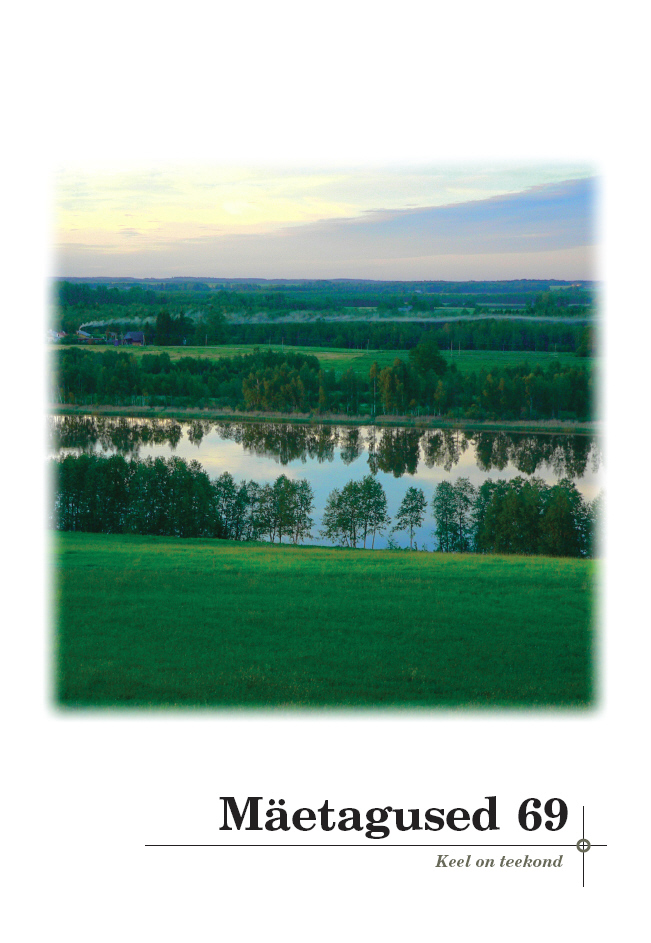Diakroonilised nihked eesti ilukirjanduskeele kasutusmustrites 1890–1990
Diachronic language changes in usage patterns of belletristic Estonian in 1890s–1990s
Author(s): Jekaterina TrainisSubject(s): Customs / Folklore, Theoretical Linguistics, Applied Linguistics, Cultural Anthropology / Ethnology, Culture and social structure
Published by: Eesti Kirjandusmuuseum
Keywords: diachronic language change; Estonian belletristic language; corpus linguistics; linguistic cluster analysis; morphosyntactic patterns; statistics
Summary/Abstract: This paper compares the morphosyntactic usage patterns of Estonian belletristic language in the 1890s and 1990s. A program called Cluster Catcher (developed at the Tallinn University) is applied to find similar n-grams, i.e. sequences of words, on the basis of morphological and syntactic tags, taking into account the frequency of use. The appropriateness of this statistics-based program has been proven previously and the results have opened a new view to the usage-based grammar of Estonian. In this case, trigrams are grouped into morphological clusters (part of speech sequences) which are, in turn, classified into morphological classes based on the part of speech of their first component, and divided into subclasses based on the first and final component, so that the middle component varies. Remarkable statistical shifts that have taken place during the period are revealed in this corpus-driven research. Based on the distribution of morphological classes, I put forward hypotheses about possible diachronic changes. After that, step by step I find evidence on the level of subclasses, clusters and trigrams. It can be suggested that analyticity has been on the rise in Estonian (formation of multi-word units in relation to the widening of patterns consisting of adverbs by the 1990s). Open and closed parts of speech have different functional adeptness and constraints in texts (e.g. two closed parts of speech – conjunction and adposition – have differences in usage; while the usage of conjuctions is widening thanks to the rise of coordinative-correlative words, the usage of adpositsions is declining due to the decreasing number of adpositions and narrowing of functions). Background factors, such as text creation (type of text, coherence, wholeness of text, pragmatics) and also the target of language reform towards more expressive Estonian, can be taken into consideration.
Journal: Mäetagused. Hüperajakiri
- Issue Year: 2017
- Issue No: 69
- Page Range: 181-216
- Page Count: 36
- Language: Estonian

